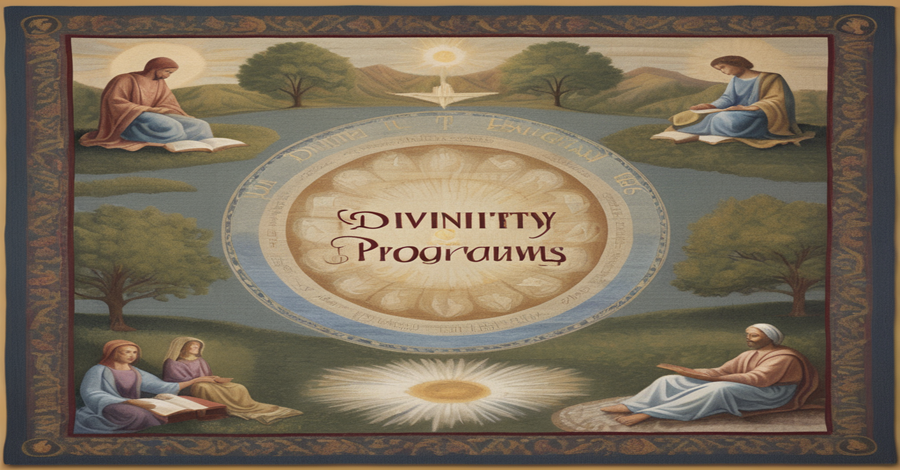Many teachers and students engage in a variety of behaviors that can cause conflict in the classroom. These behaviors range from pushing, crying, arguing, and involving a third party. Other common behavior patterns include avoiding the problem, accommodating, and integrating. In the latter category, students tended to use appropriate methods to resolve conflict.
When addressing conflicts among students, teachers should avoid placing blame. Although reputations exist for a reason, placing blame on students prevents them from taking ownership of the situation and learning how to solve conflicts constructively. Moreover, this tactic robs students of the power to change their behavior and demonstrates to them that their past mistakes will follow them throughout their lives. Instead, teachers should try to understand the motivations of students and their behavior patterns.
Various issues can cause conflicts in the classroom, including lack of pedagogical support from teachers and failure to comply with bureaucratic and administrative requirements. In addition, as the educational process becomes more complex, conflicts are more likely to occur in the classroom. Some sources of classroom conflict include miscommunication, individual motivations, ideological differences, and lack of didactic materials. While these factors are not necessarily causes of conflict, teachers must be able to identify and respond to these issues if they are to improve the quality of education in the classroom.


One study used a case study approach to explore student opinions about teacher-student conflicts. In this study, students were asked to recall a time when they encountered a conflict with a teacher. They were then asked to describe how the incident was handled and what were the results of the conflict. The results showed that students tended to identify teacher actions as the root causes of conflict among students.
Conflict management training is particularly important for educators in school settings. This training helps educators understand how to handle conflict constructively and develop cooperative relationships with their students. It also helps students learn the necessary skills to deal with conflict situations effectively. By accepting that conflict is natural, educators can develop a positive environment that fosters cooperation.
Teachers who exhibit high EI have more success managing conflict in their classrooms. While this may not seem like a big deal, these teachers are likely to use conflict management strategies in the classroom. They will also be more likely to use constructive strategies to manage conflict in the teacher-student relationship. The study also includes all datasets generated during the research.


While effective classroom management requires a careful plan, teachers can try different strategies to manage disruptive students. This includes developing a positive relationship with students and being emotionally intelligent. While there are few studies examining the effects of emotional intelligence on classroom conflict, many studies have shown that teachers with higher emotional intelligence apply a greater number of integrating and compromising strategies to deal with students.
Check our academic programs here.






